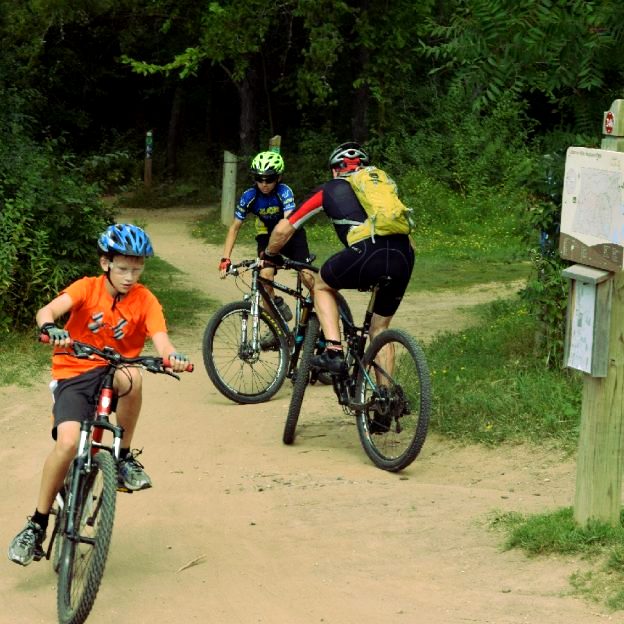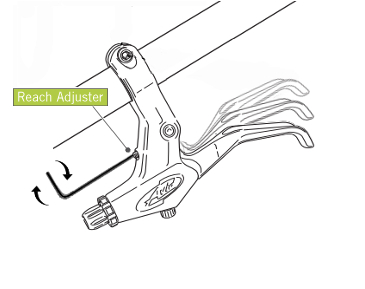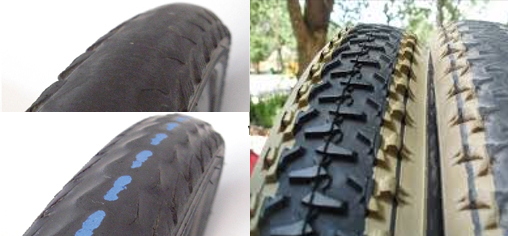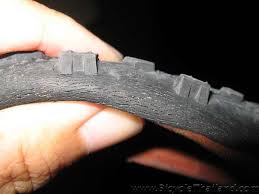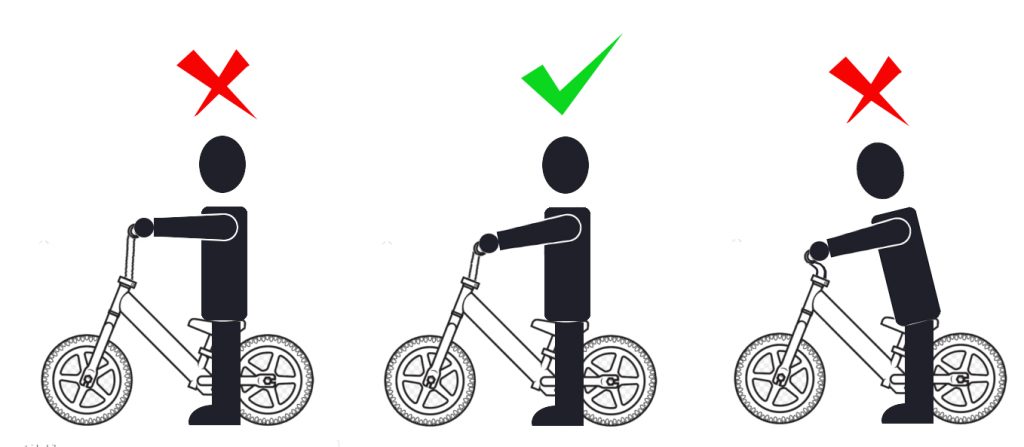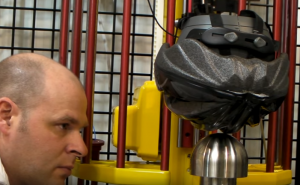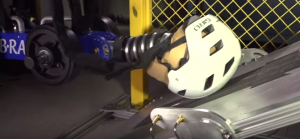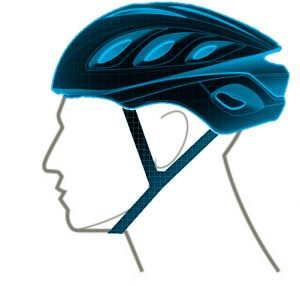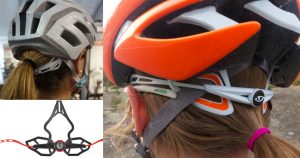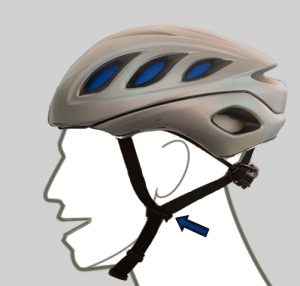by John Brown
Summer fun for you and the kids is two wheels away. It is a time to bond and explore a new area of the neighborhood and maybe share some life lessons? Sadly, that fun can come to a premature end if the bike breaks down, or worse, you crash. Here are the best ways to keep your kid’s bike working well and operating safely.
How much air should you put in kid’s bike tires
Nothing will spoil a fun ride faster than a flat tire, and most flats are due to low tire pressure. Take a few minutes before your kids ride to help them check the tire pressure. If your kids don’t know how to use your pump, checking pressure is a great way to teach them. When considering a pump, remember you kid’ bike tires work best around 35psi so make sure your pump can easily hit that pressure.
Adjusting your kid’s bike brakes
The biggest key to control in braking. Adjusting brakes for children is a little different than for adults. Due to children’s small and relatively weak hands, it is important to focus on the brake lever position before adjusting the brake. Ensure the lever is as close to the bar as possible (see image) and the spring tension on the brakes are as low as possible. You have it right if your kids can easily reach and squeeze the brake levers.
Lubing their chain
A dry chain will wear faster than one that is properly lubricated. Additionally, a dry and worn chain can break under stress. To avoid excess wear, be sure to lube the chain periodically in dry conditions and immediately after wet rides.
Inspect your kid’s bike for bent or broken parts
Every year, bike makers change bike designs to make them indestructible for kids. The following year, kids find new and interesting ways to destroy those bikes. Pay close attention to your kid’s bike for bent or broken parts. The most common parts that get bent are rear wheels, seats, handlebars, and rear derailleurs. The parts that most frequently get broken are brake levers, shifters, pedals, and reflectors (reflectors leave sharp sections of plastic behind). If anything is bent or broken, replace it immediately.
Also, inspect tires for wear
Tires are more susceptible to flats when worn. The normal wear indicator for a tire is when the tread goes bald. Beyond tread wear, there are a host of other indicators. Look for cracks in the tread or sidewall, threads coming loose, or bubbles in the tire. Worn tires should be replaced immediately.
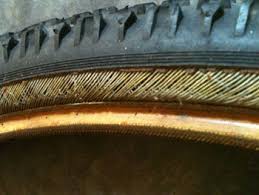
Are the handlebar grips tight?
As rubber wears and ages, it becomes harder and less elastic. For grips, the softness and elasticity are what keeps the grips in place. Put your hands around the grip and twist hard. If the grip can rotate or move, get them replaced. Also, when a bike gets dropped on the ground the end of the grip can get torn. Once torn, that grip will leave the sharp end of the bar exposed with the potential to cut small riders in the event of a crash.
Is the seat adjusted and tight?
When riding, a stable seat allows your child to control the bike with their hips. If that saddle is loose, it can be difficult to control the bike. Check the saddle by grabbing it firmly, flexing up and down, and twisting. Be sure to tighten it if there is any movement.
How to bike fit your kid’s bike
Kids grow so quickly that it’s important to constantly check their fit in the bike. Be sure they can easily pedal without their knees going to high. Also, ensure that they aren’t reaching too low for the bars.
Proper helmet fit
The final bit of safety for riding is probably the most important. A helmet needs to fit properly to work well. If the straps are too tight or the shell is too small, it will be painful to wear and your child will try not to wear it. Additionally, always check for dents or cracks in helmets. It is possible to break a helmet without crashing on it. Most helmets are relatively inexpensive, so making sure they are comfortable enough for your kids to want to wear them is a small investment to keep them safe.
